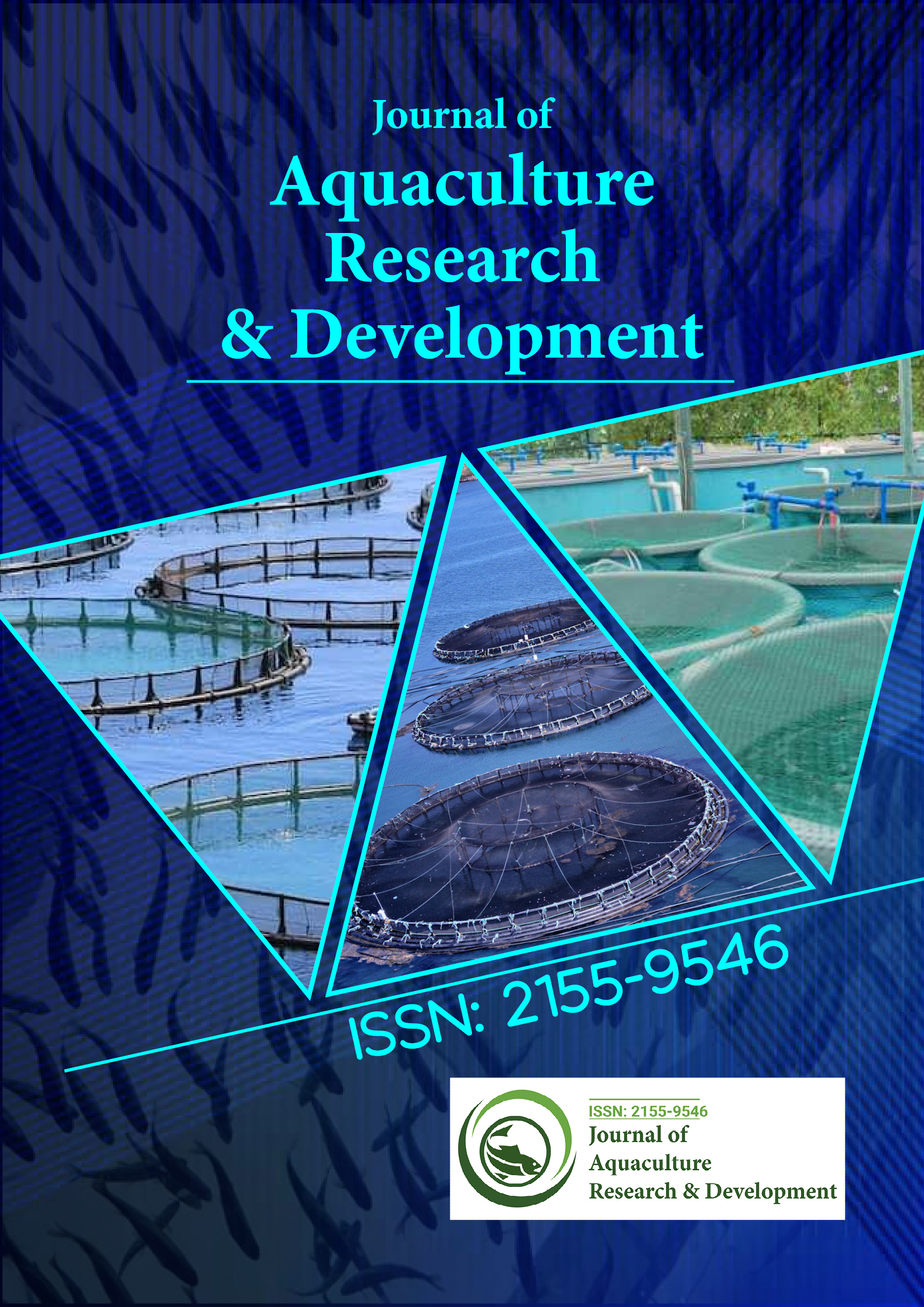Indexé dans
- Accès en ligne à la recherche en environnement (OARE)
- Ouvrir la porte J
- Genamics JournalSeek
- JournalTOCs
- Scimago
- Répertoire des périodiques d'Ulrich
- Accès à la recherche mondiale en ligne sur l'agriculture (AGORA)
- Bibliothèque des revues électroniques
- Centre international pour l'agriculture et les biosciences (CABI)
- RechercheRef
- Répertoire d'indexation des revues de recherche (DRJI)
- Université Hamdard
- EBSCO AZ
- OCLC - WorldCat
- érudit
- Catalogue en ligne SWB
- Bibliothèque virtuelle de biologie (vifabio)
- Publions
- MIAR
- Commission des bourses universitaires
- Pub européen
- Google Scholar
Liens utiles
Partager cette page
Dépliant de journal

Revues en libre accès
- Agriculture et aquaculture
- Alimentation et nutrition
- Biochimie
- Bioinformatique et biologie des systèmes
- Business & Management
- Chimie
- Génétique et biologie moléculaire
- Immunologie & Microbiologie
- Ingénierie
- La science des matériaux
- Neurosciences & Psychologie
- Science générale
- Sciences cliniques
- Sciences environnementales
- Sciences médicales
- Sciences pharmaceutiques
- Sciences vétérinaires
- Soins infirmiers et soins de santé
Abstrait
Performances du système à rejet d'eau nul (ZWD) avec des bactéries nitrifiantes et des composants de microalgues Chaetoceros calcitrans dans la culture super intensive de crevettes blanches (Litopenaeus vannamei)
Suantika G *, Lumbantoruan G, Muhammad H, Azizah FFN, Aditiawati P
Français Cette recherche avait pour objectif d'étudier les performances du système ZWD (Zero Water Discharge) en utilisant des bactéries nitrifiantes et des microalgues Chaetoceros calcitrans dans une culture super intensive de crevettes blanches (Litopenaeus vannamei). L'étude comprend trois étapes consécutives : (1) activation et culture de bactéries nitrifiantes et de microalgues C. calcitrans, (2) conditionnement du système ZWD et (3) utilisation du système ZWD pendant la culture de crevettes avec le contrôle (un système conventionnel dans lequel l'eau était renouvelée toutes les quatre semaines et sans ajout de bactéries nitrifiantes et de C. calcitrans). Sur la base des paramètres de qualité de l'eau, des concentrations faibles et stables de NH4 + (0,07-0,69 mg/L), NO2 - (0-3,2 mg/L), NO3 - (1,04-4,29 mg/L) ont été obtenues dans les deux systèmes pendant la période de culture. Une quantité d'alimentation plus élevée de 1178,28 g dans le système ZWD par rapport au système conventionnel a contribué au même niveau de NH4+ et de NO2- pendant la période de culture de 90 jours. Français À la fin de la période, des performances de culture supérieures en termes de poids total (923,38 ± 42,15 g), de poids corporel moyen (8,24 ± 0,84 g), de taux de survie (90,82 ± 2,5 %), de taux de croissance spécifique (7,7 ± 0,11 %) et d'indice de conversion alimentaire (1,27 ± 0,29) ont été obtenues dans le ZWD, tandis que dans le contrôle les chiffres étaient significativement différents : poids total (160,48 ± 6,62 g), poids corporel moyen (5,45 ± 0,28 g), taux de survie (27,22 ± 2,09 %), taux de croissance spécifique (7,24 ± 0,05 %) et indice de conversion alimentaire (4,10 ± 0,66). Sur la base de cette recherche, le système Zero Water Discharge a pu maintenir une qualité d'eau stable et acceptable pour la culture de crevettes. De plus, cela a entraîné une meilleure croissance des crevettes, un taux de survie plus élevé, ainsi qu'un FCR plus faible dans les cas de densité de crevettes élevée.